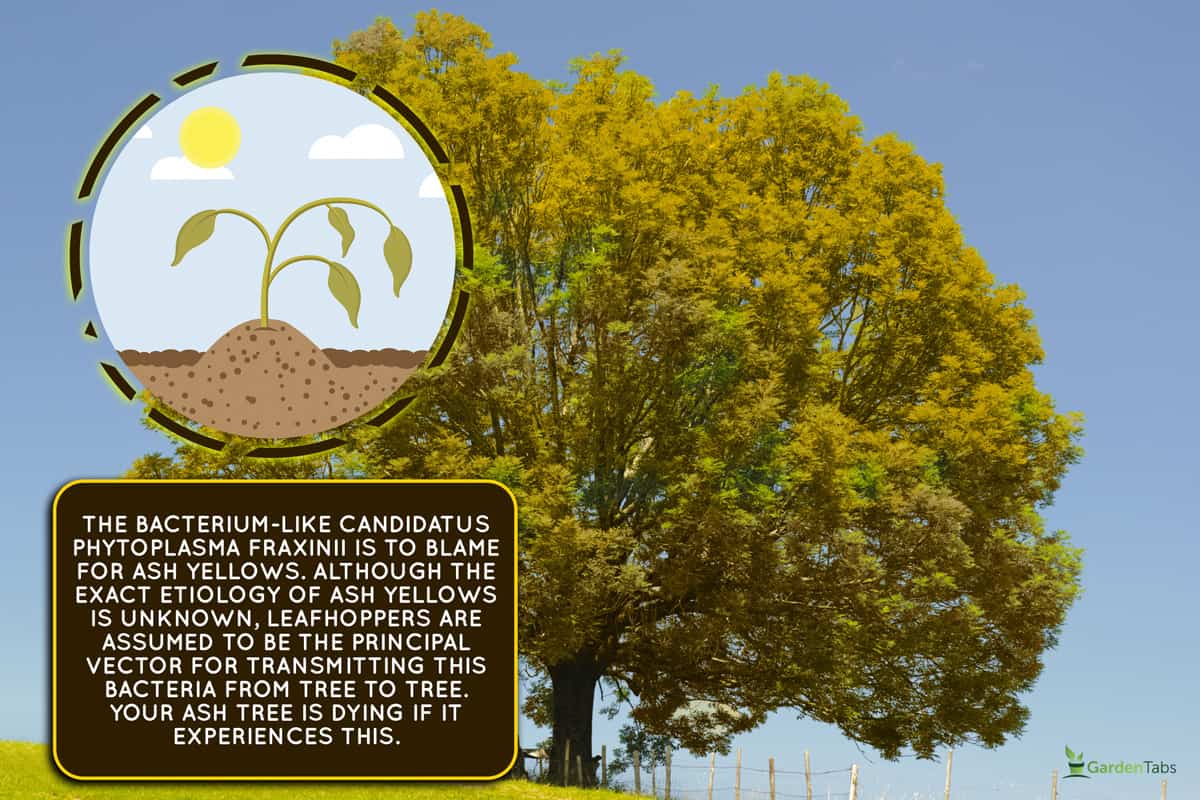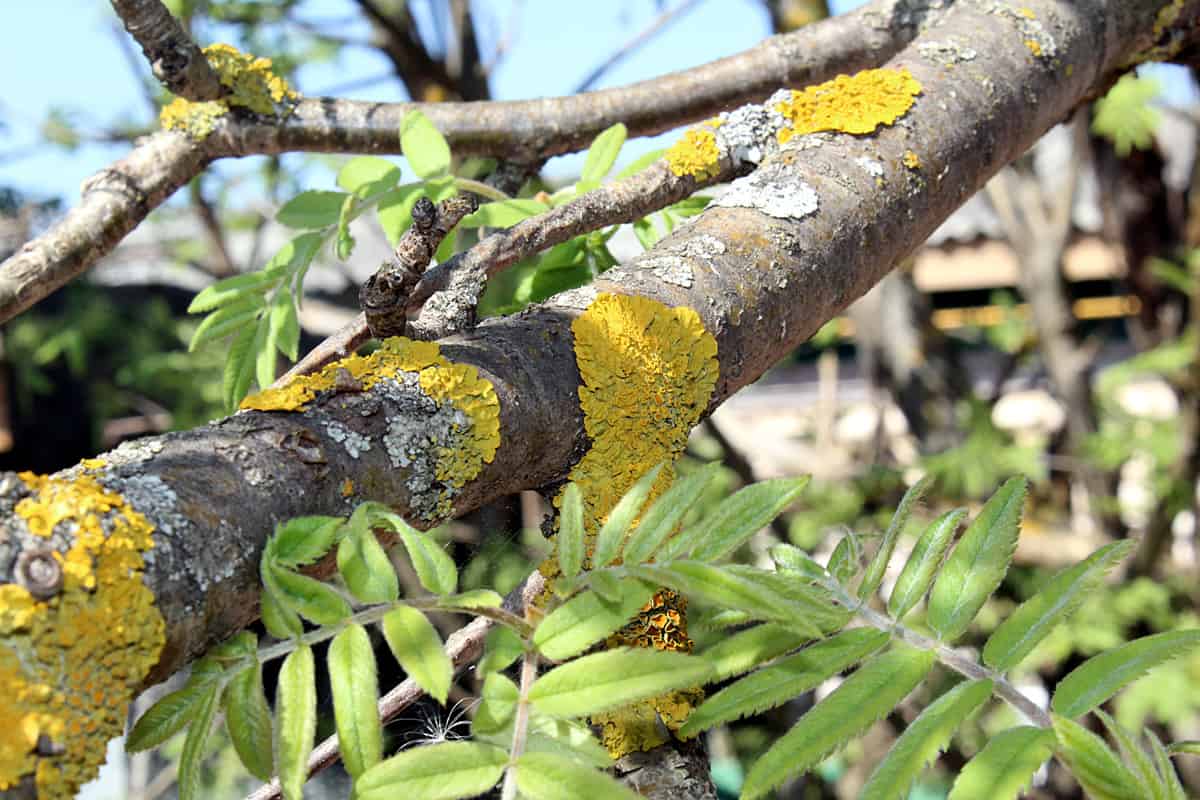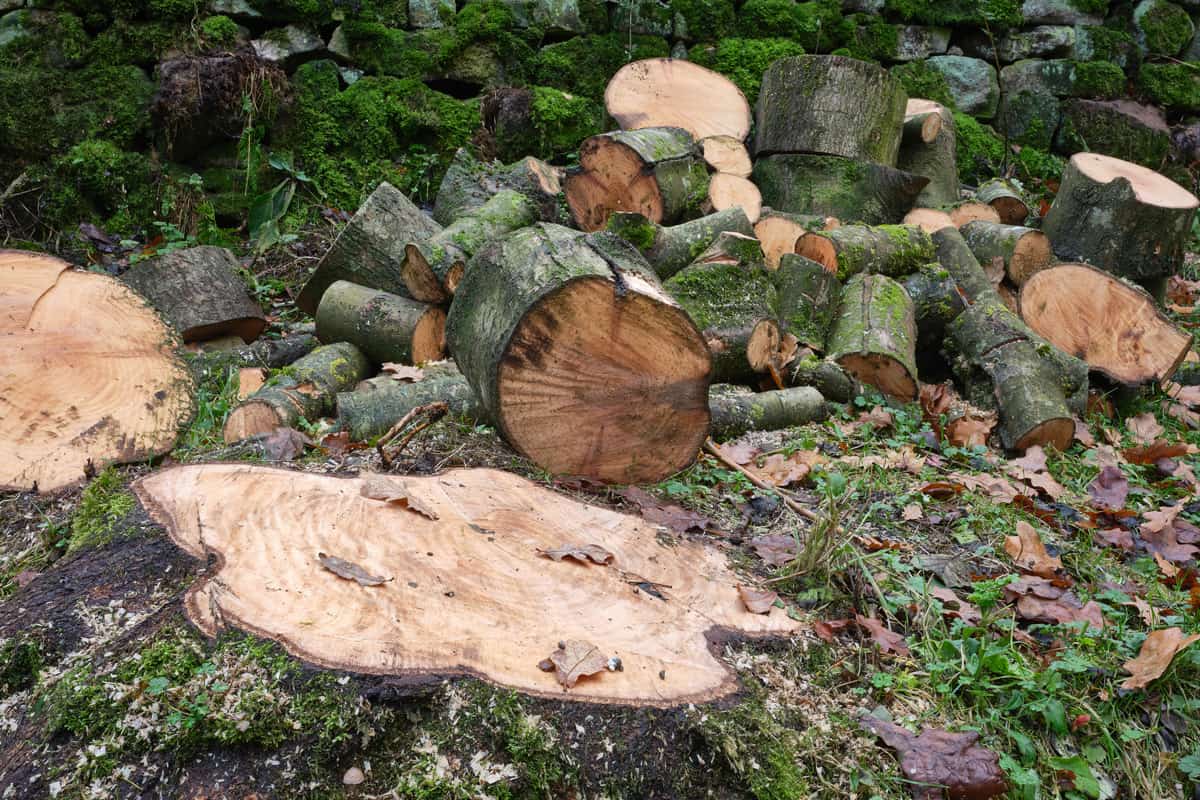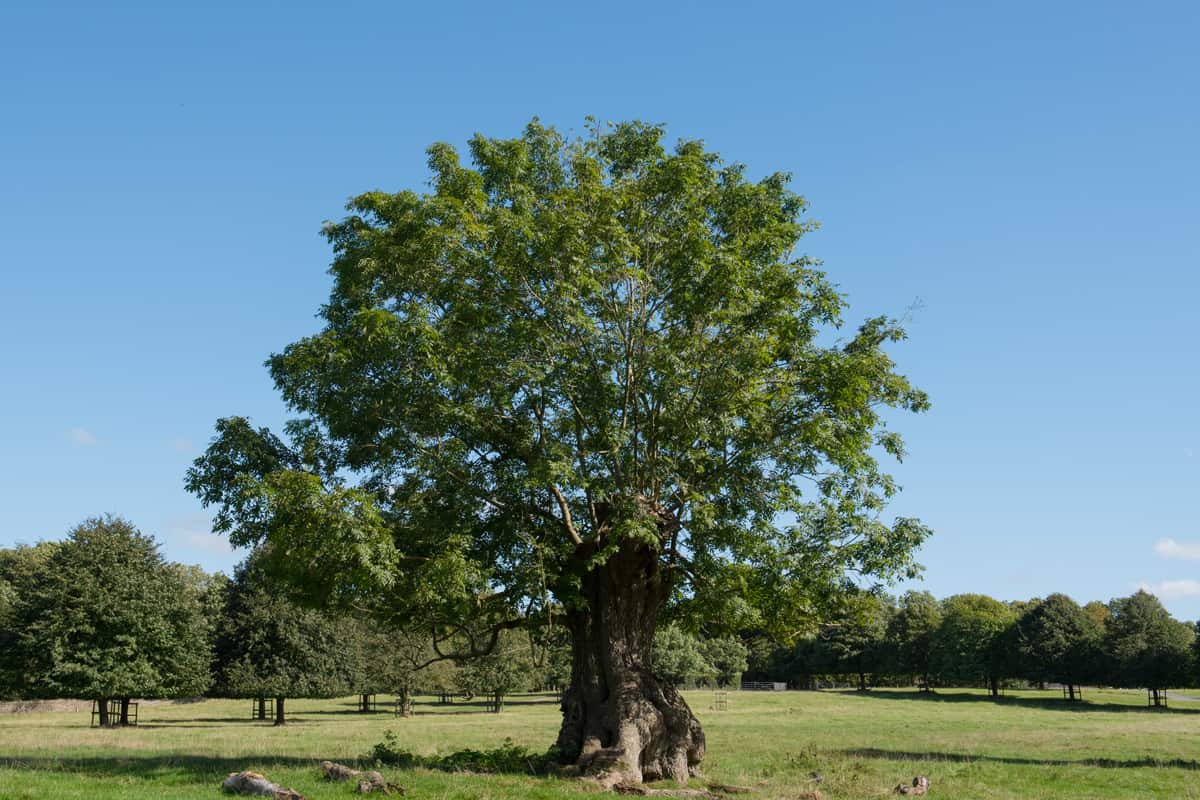One excellent benefit of planting an ash tree is that it can provide shade. But as it grows, it inevitably experiences a disease called ash yellows. We have conducted thorough research to find out why an ash tree turns yellow and if this disease means it is dying.
The bacterium-like Candidatus Phytoplasma fraxinii is to blame for ash yellows. Although the exact etiology of ash yellows is unknown, leafhoppers are assumed to be the principal vector for transmitting this bacteria from tree to tree. Your ash tree is dying if it experiences this.
If you are unfamiliar with ash yellows disease, it would be best to keep reading and gaining more information about it. Doing so will help you handle an ash tree that is currently undergoing this condition. In addition, we will also discuss things about properly caring for ash trees. Let's delve into the details!

What Causes An Ash Tree To Turn Yellow

Ash yellows is the term used for this kind of condition. Your ash tree is turning yellow because of the Candidatus fraxinii organism, and this illness only exists in North America. Additionally, several species of ash trees can suffer from this. However, white ash and green ash are particularly the most vulnerable species.
Although leafhoppers are the suspect for transmitting this illness, different insects can also do the same. And the primary source of this condition hasn't been identified yet.
Trees of all ages can contract ash yellows disease. Its symptoms range from dieback to early mortality, depending on the species and the environmental conditions. Specifically, symptoms begin to show after an average of three years from infection.
One obvious sign is that infected ash only reaches roughly half the height of a healthy tree. Furthermore, while the development of a "witch's broom" in the tree's canopy is a typical diagnostic feature, not all trees affected by ash yellows will exhibit this symptom.
If you are not that familiar with this illness but presume your ash tree currently undergoes the condition, you can always ask for the help of an expert to examine the tree.
How To Cure Ash Yellows

Ash yellow illness is something that you should not take with ease because it is fatal. Trying to grasp this condition without proper training and expertise is futile, so immediately ask for an expert's opinion and inspection.
Unfortunately, there is no cure for this. All you have to do is eliminate the infected tree to prevent it from spreading the disease to healthy ash trees. And after removing those affected trees, you can use them as firewood.
How To Manage Ash Trees Experiencing Ash Yellows

Although there is no cure for ash yellows, you can still perform things to handle it correctly if it has already infected some of your ash trees.
Removing The Affected Trees
As mentioned, the first thing you should do when you notice that your tree undergoes ash yellows is to remove the infected trees to avoid spreading the disease to the other healthy ash trees.
Increase The Stamina Or Wellness Of The Ash Tree
After removing the infected ash tree, it would be best to pay attention to increasing the stamina and soundness of the remaining healthy trees.
All you have to do is water them adequately during drought and feed them with fertilizer during fall. These methods will make your ash tree remain nourished and live longer.
Stop Planting In Locations Where Ash Yellows Are Actively Present
If you plan to replace the infected ash tree by planting a new one, it would be best to plant it in a different location. Also, choose an area that meets the tree's planting and growing requirements.
How To Properly Care For An Ash Tree

Ash trees can give so many benefits to the environment and humans. If you want to maintain a healthy and active ash tree, you should know how to take care of it properly. Moreover, keeping it healthy will give the ash tree better protection in slowing and preventing the rapid attack of diseases.
And to give you an idea, please take note of the following:
Cover The Ash Tree With Mulch
In every season, you should keep an eye on your ash tree. Mulching is a must if you want to keep the soil damp. So, it would be best to cover it with rich mulch during the summer and winter seasons. Moreover, mulch can prevent weed growth.
To create an organic mulch, you can use and mix either of the following:
- grass clippings
- chopped leaves
- newspaper
- compost
- sawdust
- branches or pine needles
- woodchips
Adding four inches layer of organic mulch around the soil of your ash tree will encourage a more nourished tree. But you should spread the mulch at least two inches from the tree's base to provide the roots with enough space to breathe.
It will also prevent mice and other animals from making the mulch their home and feasting on the tree's stalk.
Furthermore, the ash tree is susceptible to frost heave because of its shallow root structure. So, it would be best to spread mulch right away after the first frost. Mulching is an excellent help if you wish to control the soil's temperature swings.
Provide Ash Trees With Adequate Watering
Ash trees love to drink ample water, especially when young. Generously providing them with water will help them establish their roots healthier and faster. Additionally, giving them enough water just before the winter starts will aid them from dehydration.
Although ample water is beneficial, you still need to be careful of exceeding more than how much they can handle. It can cause breathing problems and eventually make the shallow roots drown.
As they grow, the quantity of water they require will lessen, and they soon need infrequent watering once established. However, if you live in an area with a prolonged drought or where rain is unpredictable, you should water the tree regularly. Once a week, make sure to give the tree some water.
Feed The Ash Tree With Fertilizer
Feeding your ash trees with fertilizer during winter is ideal. Fertilizers are extra food that can make them grow healthier.
It would be best to feed them with a slow-release granular fertilizer. When using it, you should only apply it to the base of the ash tree. As much as possible, do not let the fertilizer touch the trunk to prevent burning the tree and stimulating infections.
Prune Your Ash Tree As Needed
Pruning is not mandatory for an ash tree. However, if you notice that there are considerably growing branches or if the tree is growing too fast, you should prune it to stop it from growing uncontrollably.
Additionally, cutting dead and damaged branches would help to keep the entire ash tree healthy.
Overwinter Ash Tree Correctly
During winter, your ash tree can become sensitive to the wind and dehydrate because of the cold temperatures.
So, to protect your ash tree, it is highly advisable to envelop it loosely with a gardening burlap only. And you should add some holes at the top and bottom, allowing it to have space for breathing.
Click here to check out this gardening burlap on Amazon.
Wrapping It All Up!

You can no longer revive your dying ash tree because of the disease called ash yellows. However, immediately removing those infected trees would be best to prevent the illness from spreading and affecting the remaining healthy trees. Additionally, following the tips on properly caring for ash trees will help them strengthen their immunity and wellness.
We hope this post answers all your concerns about ash yellows. But if you have additional questions that you wish to be answered, please feel free to reach out in the comments. And if you want to continue reading, you can check these posts out!
Why Is My Mountain Ash Tree Dying?
Does A Sycamore Tree Have Fruit, Nuts, Or Flowers?
Sycamore Trees For Your Home – Growth Rate, Height, Width, Lifespan & More!

